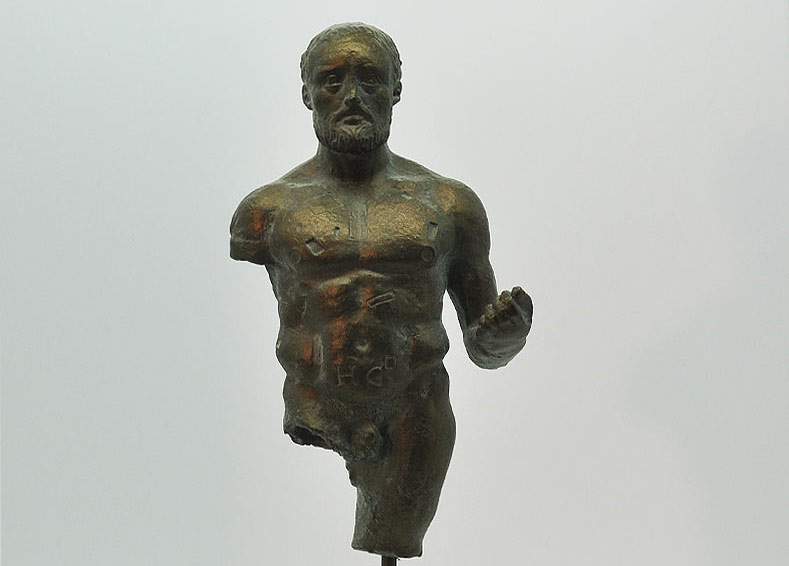In Spain, researchers from theUniversity of Seville and theInstituto Andaluz del Patrimonio Histórico (IAPH) have discovered the possible location of the mythical temple of Hercules Gaditano (or Melqart, the Phoenician name for Hercules), believed to be one of the most important religious centers of antiquity, mentioned in ancient documents, but whose traces had been searched for years without success. The hypothesis of the location was first formulated by a doctoral student at the University of Seville, Ricardo Belizón, who was supported in his research by colleagues from the two institutions mentioned above: traces of the temple would be found in the Sancti Petri canal, an area located near the Bay of Cadiz. The possible location was found by analysis of land surveys using special software.
The origins of the temple of Hercules Gaditano date back to the time of the Phoenician settlement in the Bay of Cadiz: the ancient people allegedly built a temple in honor of Melqart, the Hercules of the Romans. (The information is reported in Strabo’s Geography, a work written between 14 and 23 A.D.: the sanctuary, which would have been visited by important figures such as Hannibal and Julius Caesar, was supposed to be a set of buildings accessed through a gateway with two large columns on either side. The facade bore reliefs with depictions of the twelve labors of Hercules, and inside was a flame that never went out. The temple continued to be frequented until the fourth century, and would be destroyed during attacks by the Visigoths.
Should the discovery by the University of Seville be confirmed, the sanctuary of Hercules Gaditanus would be located in the very area where many objects traceable to the cult of Hercules were found in the past, such as the Gaditan Hercules statuette now in the Museum of Cadiz. The traces were found with a program in which data from coastal erosion and catastrophic events, such as flooding, were entered. Thanks to the software, terrain anomalies were thus discovered that, Belizón explained to the newspaper El País, “reveal a totally man-made coastline, where there was a large building (the temple), with breakwaters, moorings and an inland port.” The researchers from the University of Seville then compared the traces detected with the software with ancient descriptions of the temple and found that there was a correspondence between finds and texts: the temple was a large rectangular building measuring 300 by 150 meters, the same size as the island on which it stood.
The investigation by Belizón and colleagues has been going on for two years, but now a lot of field work will be needed to verify the accuracy of the traces detected: the first “releases” have turned up remnants of ashlars and ceramic material, so it seems that the path taken is a good one. At the moment, however, they explain from the University of Seville, the discovery is still at the state of hypothesis, although well substantiated. A study will also be published soon in the scientific forum.
Pictured: statuette of Hercules Gaditano preserved at the Museum of Cadiz.
 |
| Spain, University of Seville discovers possible location of Gaditano Hercules temple |
Warning: the translation into English of the original Italian article was created using automatic tools. We undertake to review all articles, but we do not guarantee the total absence of inaccuracies in the translation due to the program. You can find the original by clicking on the ITA button. If you find any mistake,please contact us.